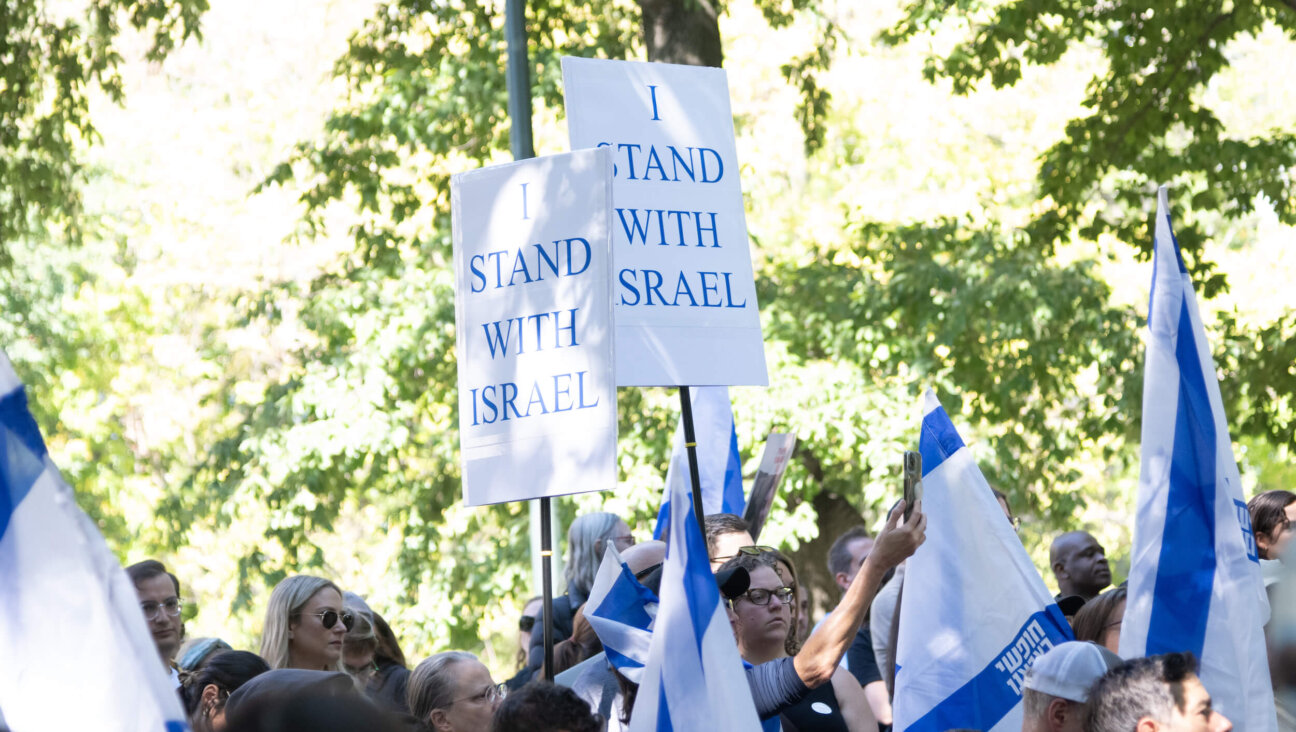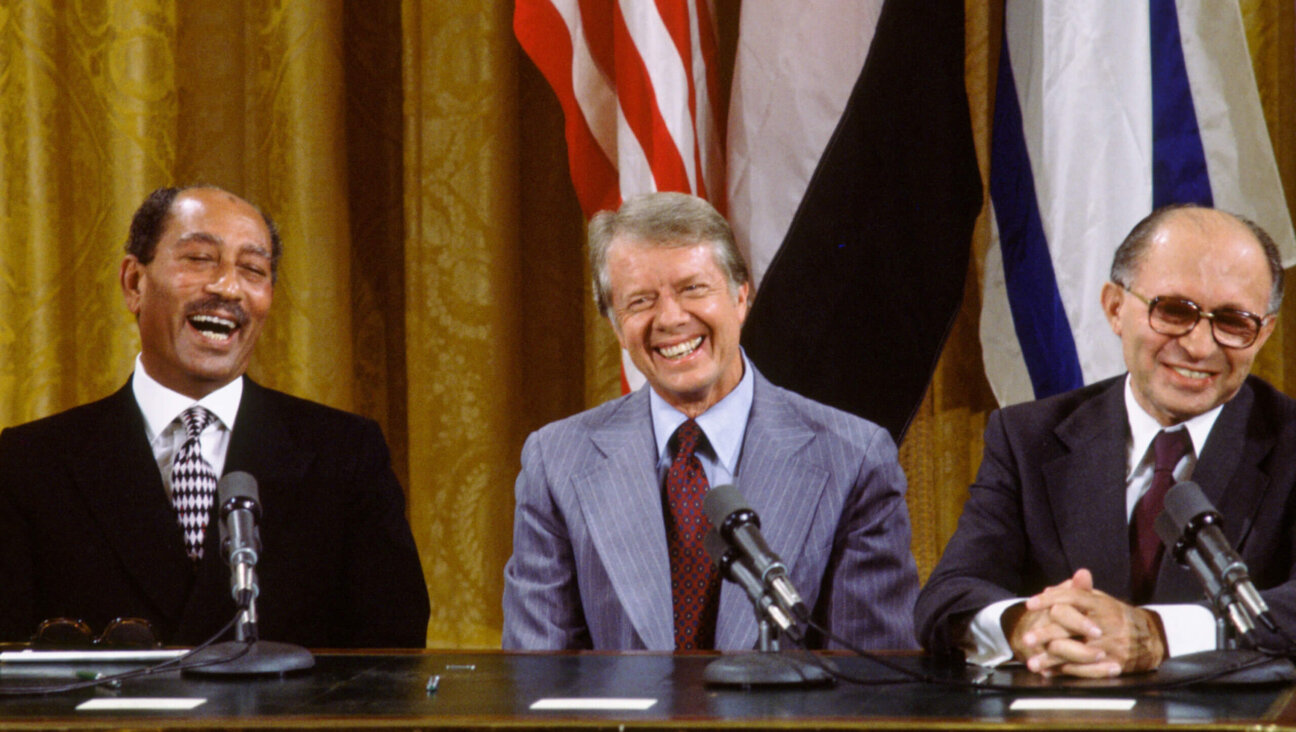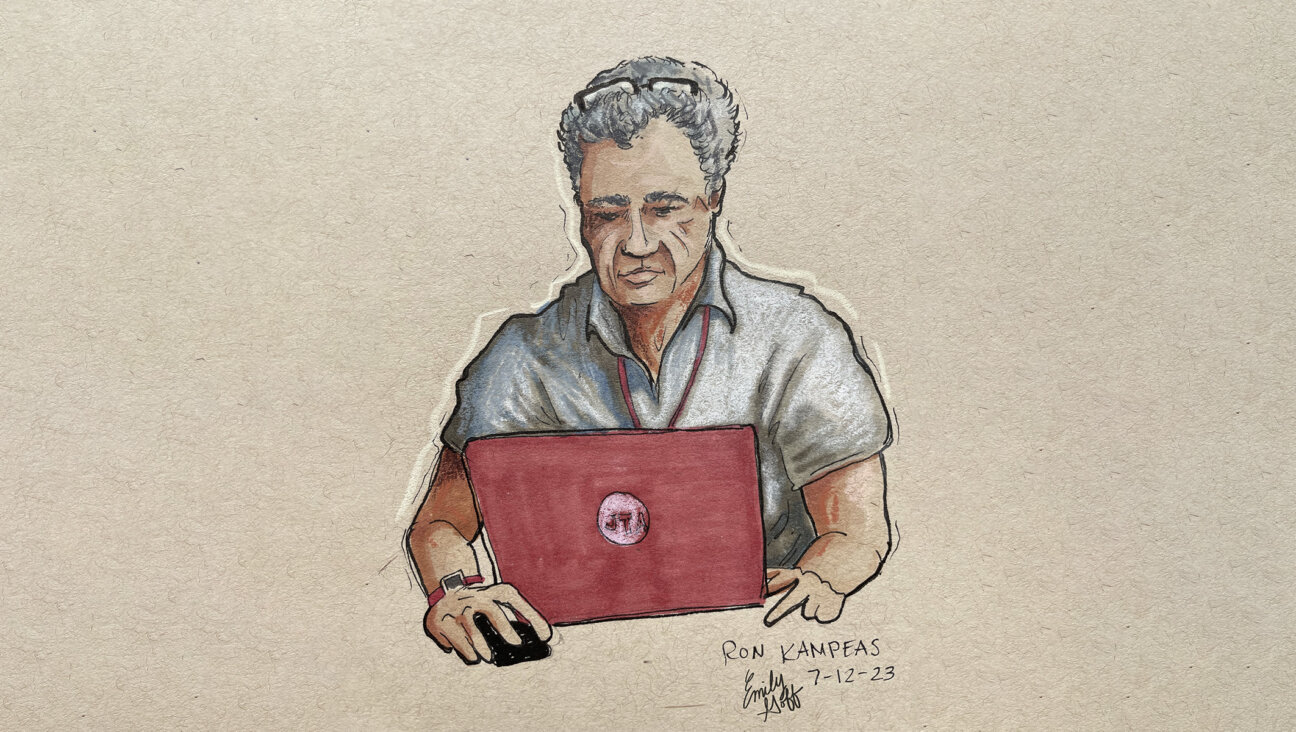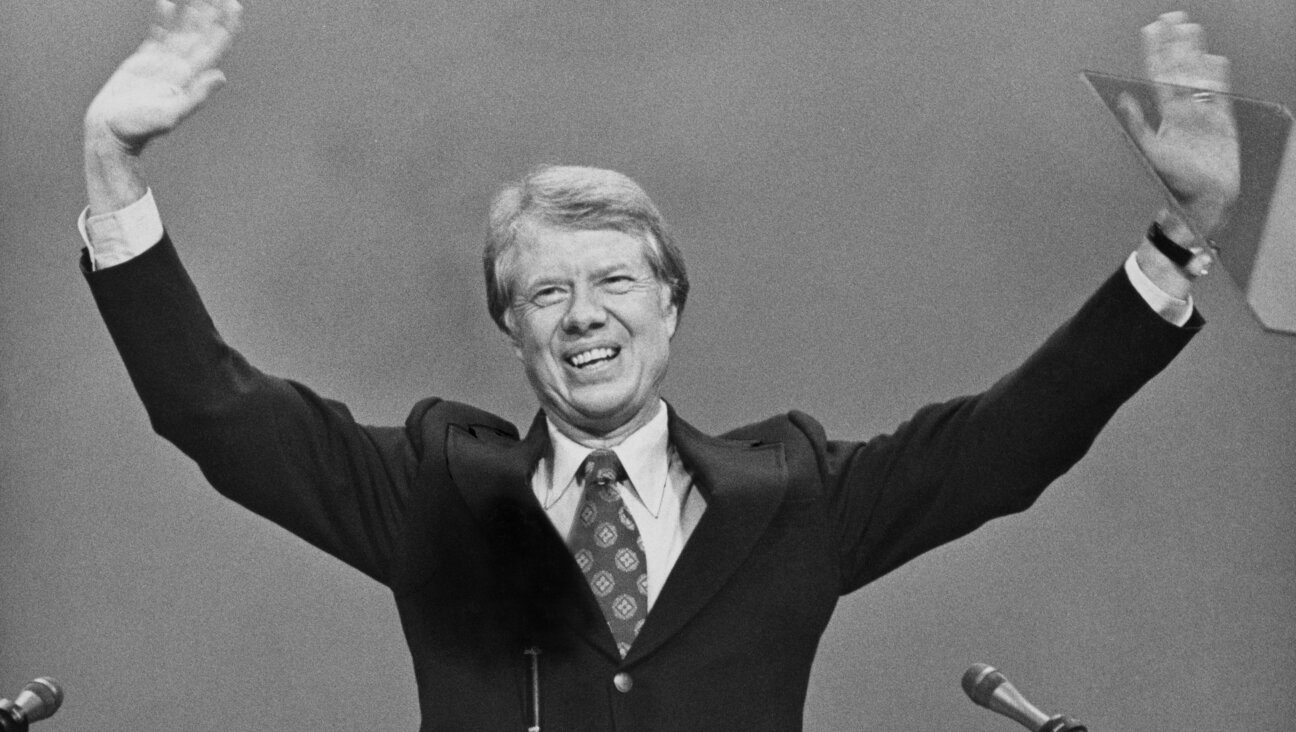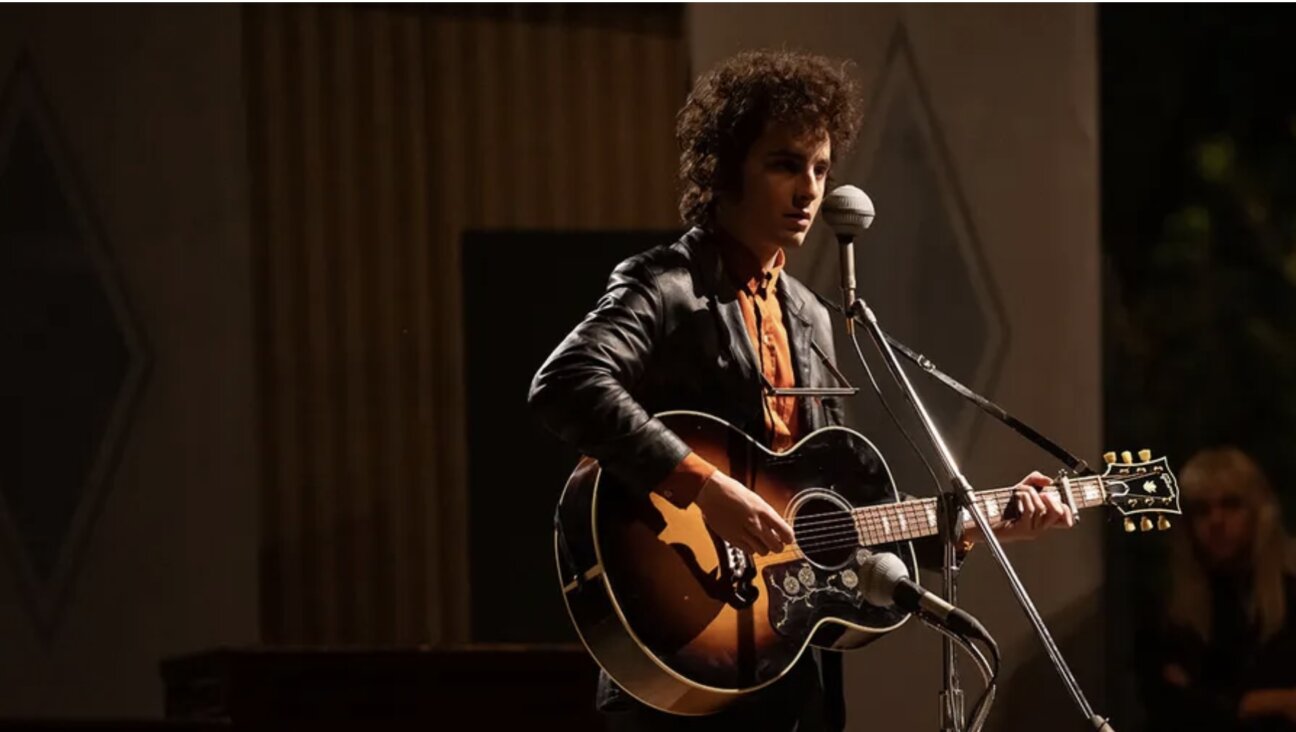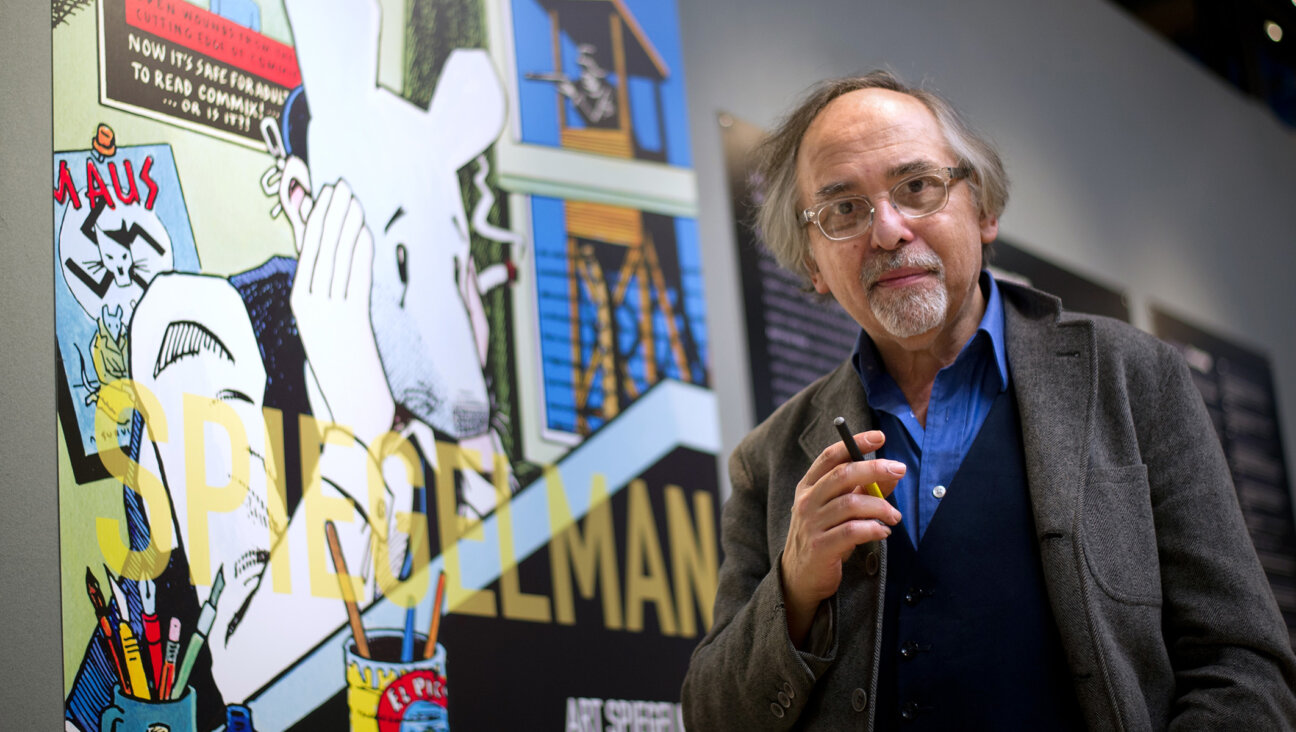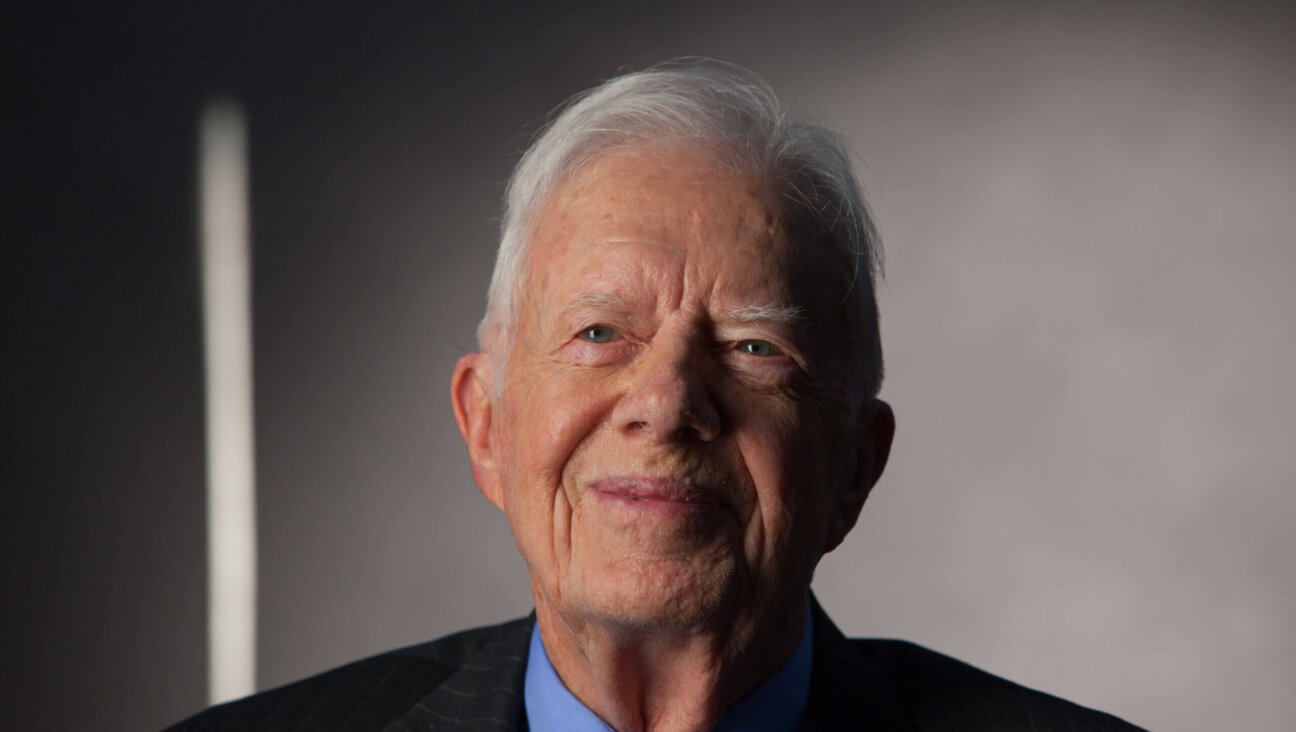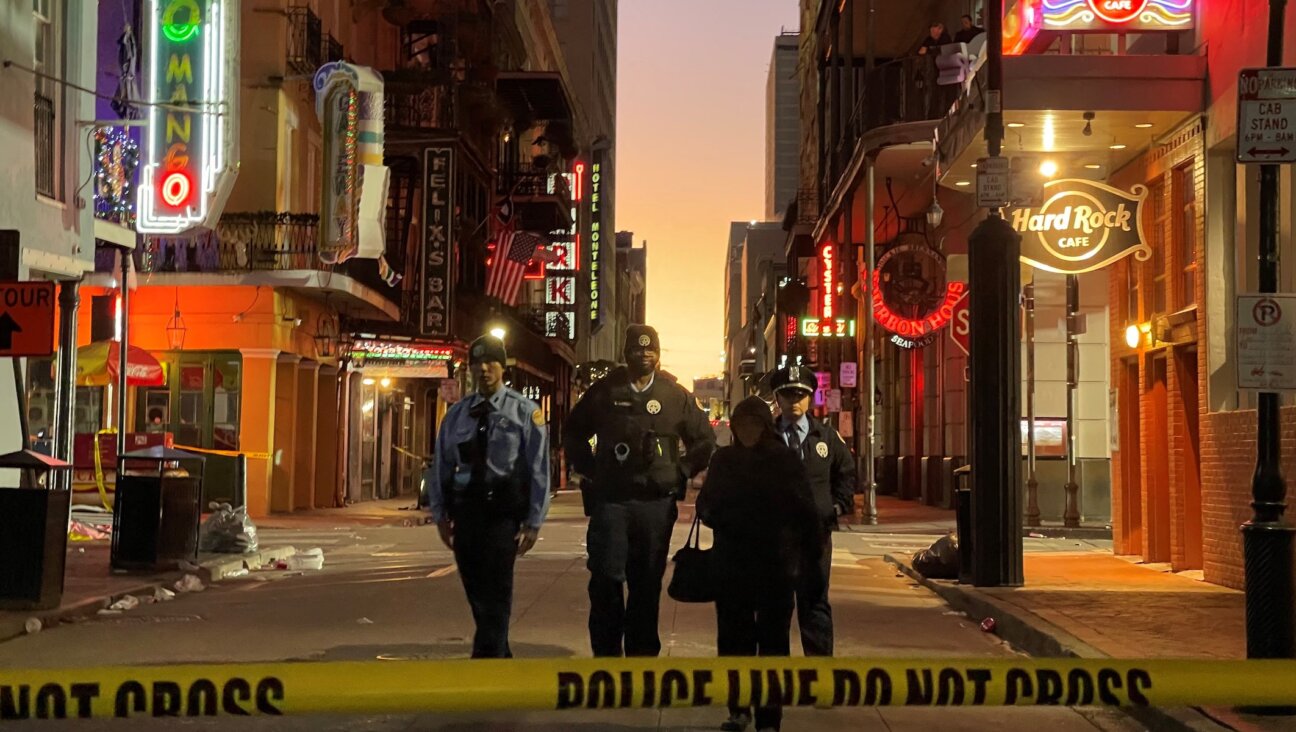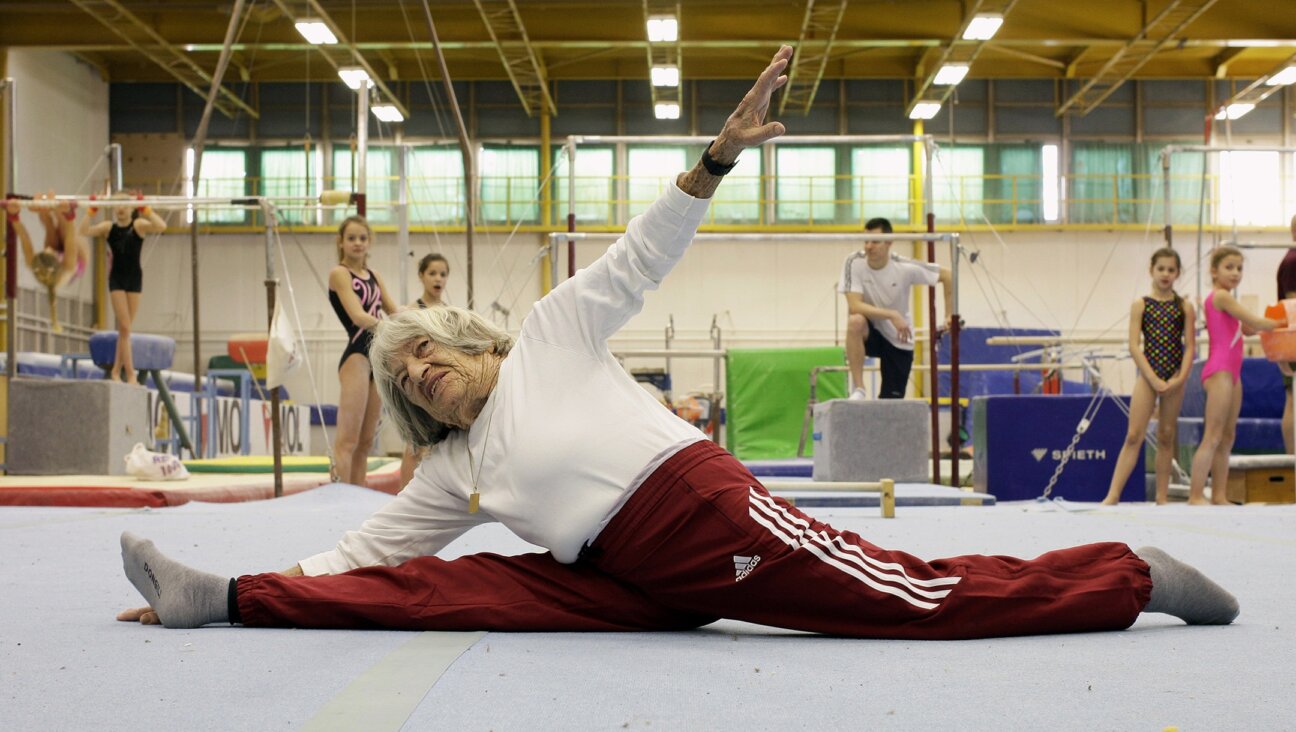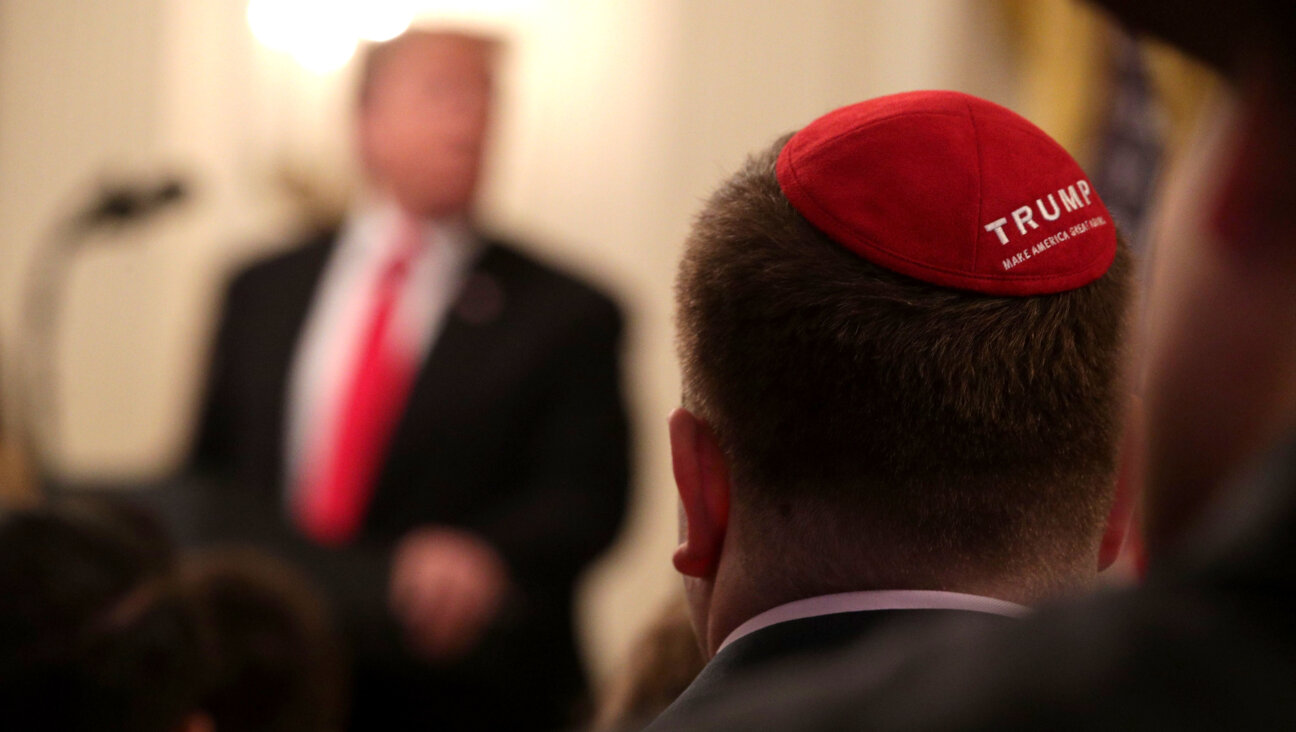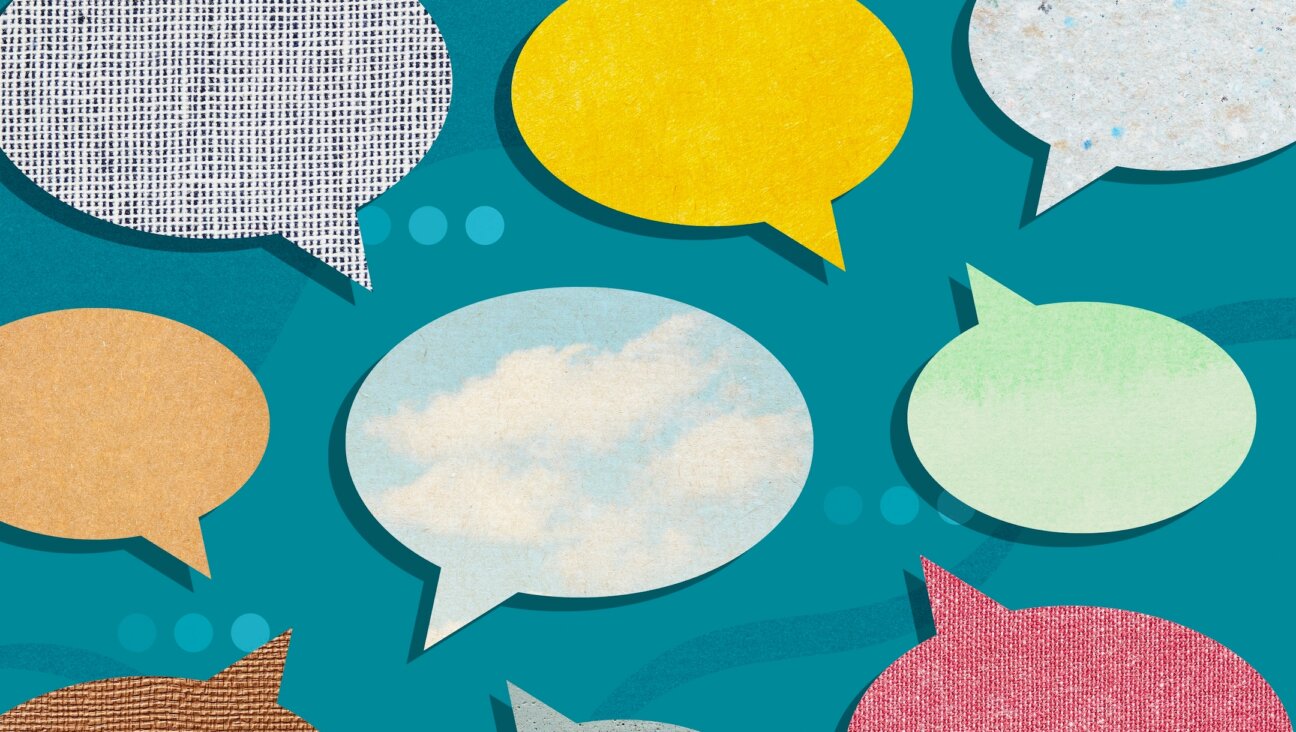Putting Politics Back Into Service
Two years ago, my oldest daughter volunteered as a full-time teacher’s aide in a public elementary school in Philadelphia. Then a senior at a Jewish day school, she was fulfilling her graduation requirement for community service and, I’d like to think, fulfilling her civic obligation to serve.
The school was just a few miles from our home, but the contrast with our local well-endowed, suburban public schools could not be more stark: The city schools was overcrowded, without enough resources, encircled by a playground of broken cement.
In the midst of her volunteering came Election Day, and an epiphany for me: While I was thrilled that my oldest child would be voting for the first time, no one else seemed to care. Oh, the poll workers, bless them, clapped politely when I told them this was her first vote, but even in our well-organized, politically aware neighborhood, this central act of citizenship was greeted by a collective yawn.
Then I realized something else. On the top of the ballot that day was a choice for governor, the person most responsible for setting policy and budgets for the state’s public schools. Unfortunately, no one was connecting the dots for her. No one was guiding her to understand that the deplorable condition of the school where she volunteered was connected to the gubernatorial election, and that major decisions on education policy and funding affecting the kids she served every day would be made in the state capital of Harrisburg by the people she had a chance to elect.
At the time, I didn’t realize the connection, either. Since then, I have researched and written a book on the history of youth voting in this country, trying to understand why young people don’t vote and what can be done to change a trend that could have a serious and detrimental effect on our democratic republic. I have found that the sharp decline in youth political participation since 1972 — when 18-year-olds were first allowed to vote in a presidential election — is not due to apathy, laziness or boredom, which are found no more among today’s youth than among their parents or grandparents.
Young people don’t vote because we don’t give them a reason to vote. Politics is a spectator sport to them — and a dirty, distasteful one at that. A 30-year decline in civics education has left them ill-informed about the role of government and ill-versed in the skills of citizenship. And, as I realized on that day two years ago, there is a growing service gap that is leading young people to volunteer in record numbers and yet stay home on Election Day.
The civic benefits of service cannot be underestimated, especially when it pushes teenagers — the most self-centered of human beings — out into the world, opening their eyes, ears, hearts and minds to the condition of others. And if the service work is tailored to the needs of a community, it can be absolutely essential. Besides, volunteering is often gratifying in a way that voting and politics never will be.
But for many young people, service is becoming a substitute for the accumulation and exercise of political power. A survey conducted by Harvard’s Institute of Politics in 2000 found that 85% of college students feel that volunteerism is better than political engagement for addressing issues facing the community.
“We’ve done a very good job of building up service and service learning, whereas our political system is less welcoming,” notes Steven Culbertson, president and CEO of Youth Service America. “Politics gives out only negative messages, while there’s nothing but positive messages about service. That kind of reinforcement feels very good.… Politics to young people seems like a dizzying array of acrimony and inaccessibility, whereas service gives them immediate feedback and results.”
Instead of being a back door into a larger world view, the service gap is becoming a trap door — an insidious either/or choice when, in fact, a healthy constitutional democracy relies on citizens involved in both the volunteer and the political spheres.
The truth is, helping poor kids to read in an after-school program is not going to get them the new building they so badly need. That is still government’s job. Young people can work weekends with local congregations to rehabilitate abandoned houses, but that won’t make more than a tiny dent in homelessness or significantly increase the availability of affordable housing for low-income Americans. That is still society’s problem.
As Ira Harkavy, director of the Center for Community Partnerships at the University of Pennsylvania, reminds us: “It’s not enough to serve soup in a soup kitchen. We have to work toward ending the conditions that make people hungry.”
We have to help them connect the dots, not by pushing a partisan agenda, but by awakening them to the choices available for a true community response. Should funding to public schools be increased? Should governance be reformed? Should vouchers be instituted? Which gubernatorial candidate has the best ideas?
During the year that I researched and wrote my book, I’ve witnessed a dramatic and welcome change in attention to youth voting. The closeness of this presidential election, the stark contrast between the candidates, and the need to tap into new and undecided voters suddenly has made youth a hot commodity. By one estimate, $40 million is being spent this election cycle to mobilize young voters, and I believe the effort will pay off in a higher youth turnout next month.
But the celebrity campaigns and the edgy slogans that blanket television, radio and the Internet don’t address the underlying causes for the decline in youth voting. If we want this current interest to stick, we have to do the hard work of improving the political climate, improving civic education and closing the service gap.
As Erin Ross, one of the founders of a spirited organization called United Leaders, once told me: “We don’t want to create a culture of service that gives and gives and gives and never makes any change.”
Jane Eisner, a columnist for The Philadelphia Inquirer and senior fellow at the University of Pennsylvania, is author of “Taking Back the Vote: Getting American Youth Involved in Our Democracy” (Beacon Press).
A message from our Publisher & CEO Rachel Fishman Feddersen

I hope you appreciated this article. Before you go, I’d like to ask you to please support the Forward’s award-winning, nonprofit journalism so that we can be prepared for whatever news 2025 brings.
At a time when other newsrooms are closing or cutting back, the Forward has removed its paywall and invested additional resources to report on the ground from Israel and around the U.S. on the impact of the war, rising antisemitism and polarized discourse.
Readers like you make it all possible. Support our work by becoming a Forward Member and connect with our journalism and your community.
— Rachel Fishman Feddersen, Publisher and CEO








